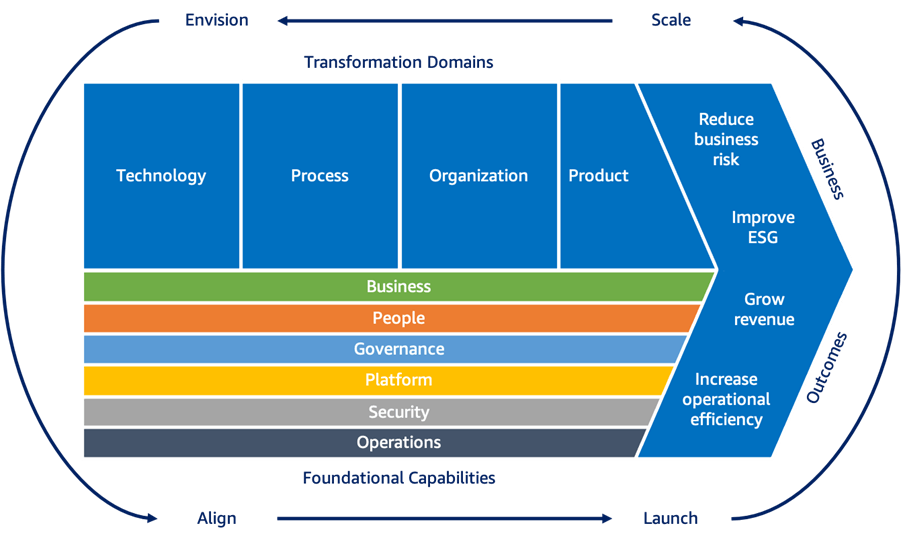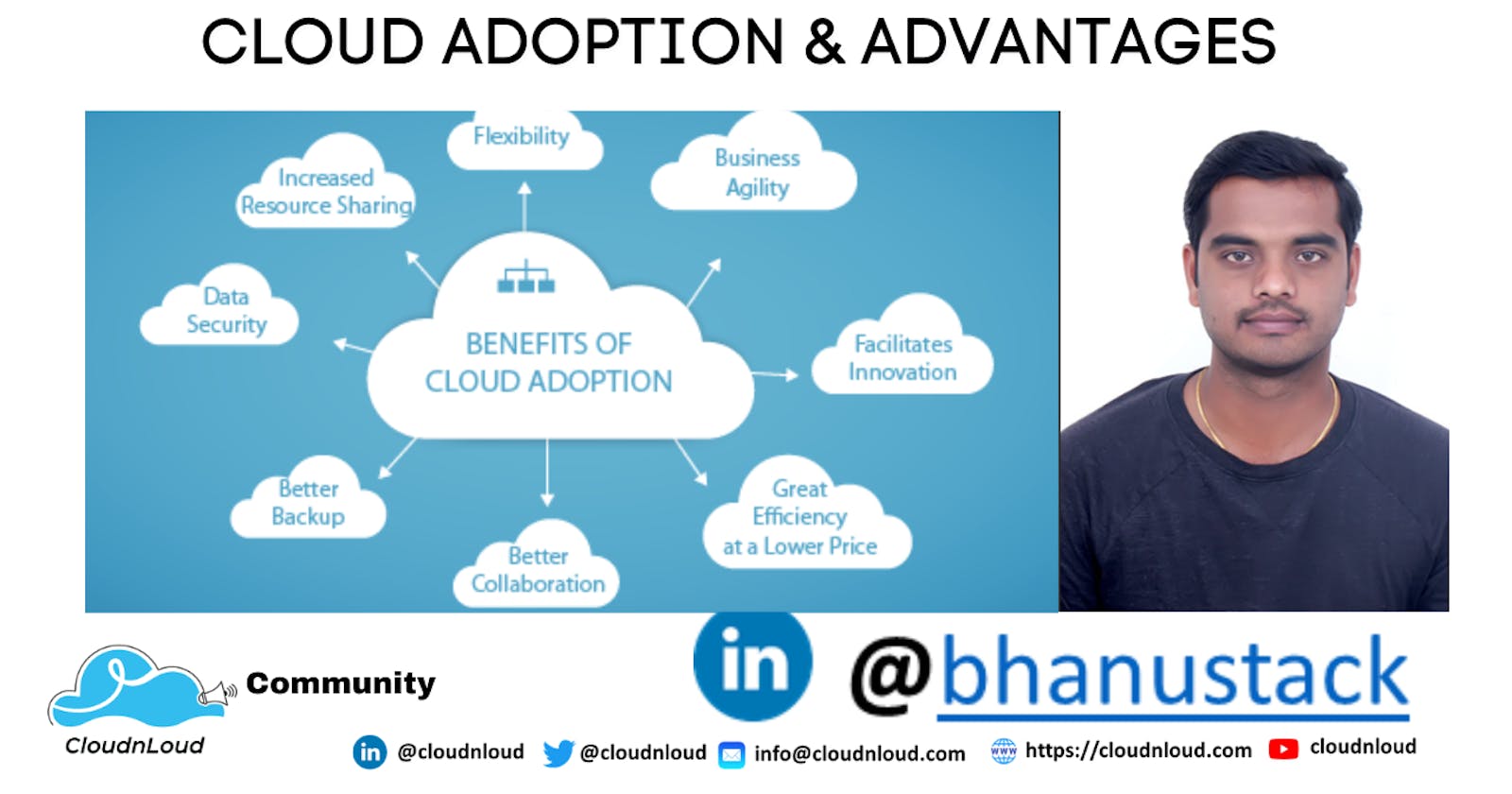The “Cloud” is a collection of software and services residing and operating over the Internet. A cloud adoption is not just a technical change it involves changes to the entire IT framework, multiple business departments. It is a strategic move by organizations for reducing cost, reducing risks, and achieving scalability of database or application or different workloads like IOT, Machine learning, Artificial Intelligence based on the requirement of the Company. Policy makers of a Company should understand how the cloud differs from a traditional IT setup and what are the costs and total cost of ownership (TCO) of this cloud deployment.
Key Considerations:
We should have complete understanding of technical aspects, data flow and traffic flow while adapting any cloud. We should have proper understanding of roles and responsibilities of the cloud service provider. We should be having complete compliance assessment while adapting any Cloud in our organization because we should be secured at OSI levels. At Security level, we should have a complete idea on security capabilities of the cloud service provider, and we must align Cloud Security standards to our Company standards. We should have a clear governance model for managing the cloud in efficient way and segregation of duties should be clear. We should have a robust operational support for continuous support to the cloud services. We should have a clear process for implementing any service as part our organization standards.

Key parameters while adapting any cloud.
(i). Is the architecture of the cloud suites to the given business requirement. (ii)Cloud implementation category like public/private/Hybrid. (iii)Licensing clarity. (iv)Cloud Support process.
As the demand is growing for cloud from day-to-day cloud providers are increasing their capabilities to server the cloud business users. By 2025, the volume of data in cloud data centers will exceed 100 zettabytes.
How Cloud adoption impacts on Organization Economy? It reduces the IT overhead cost around 35% . It helps dynamic scaling it may be scale-up or scale-down. It improves the flexibility if any server is no longer required, we can terminate it to avoid unnecessary cost. It improves the overall performances of workloads also.
Cloud Migration Challenges:
Compatibility: You need to consider the application/database workloads are compatible with cloud, will it run smoothly or not and we have to consider type of OS/OS Version/Application version/Database version etc. High Availability: While migrating business workloads/systems we may have minimal downtime, but while migrating to cloud we should have a solid plan and back-up plan as well in order to reduce the impact on business. Security: We have to identify security compliance issues while migration , it might be at Network level/Data level/Application level and we have to adapt our security strategy to the cloud to avoid unnecessary attacks.
Cloud Advantages: Firstly, it allows business to focus more on their core areas. Scalability/ Elastic: Cloud business model is purely pay per use, for example if you need 100G of data means we will pay for that only. If you need to upgrade/downgrade your workloads based on the business requirement we can do for example during peak hours, we can increase the capacity of the servers and then we can reduce during non-business hours. Disaster & Backup-Recovery: Implementing robust disaster recovery is essential for every business-critical application/database for high availability with cloud we can implement cost-effective DR plan easily and it also supports third party tools like Veeam tools etc. Cloud-based backup and recovery makes that your data is secure, Cloud providers also provide backups for files, databases, source code, etc., once we have a backup data is available in cloud, we can recover to latest version within less time. Productivity & Performance: It improves productivity by eliminating the need for infrastructure maintenance allows your staff to focus on core-business tasks and it makes make software development life cycle quicker and easier to deliver business requirements dynamically for better performance. cloud providers keep their data centers update to date with the latest technologies for better performance and security.

